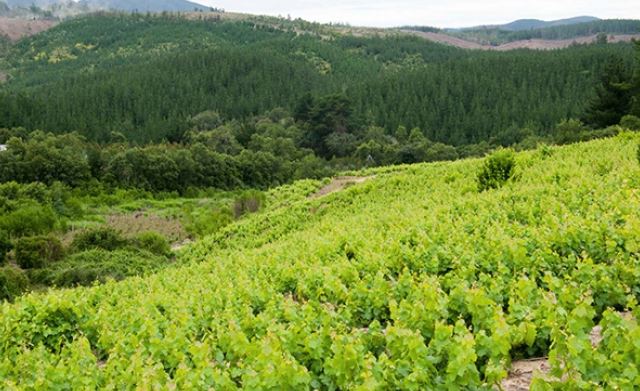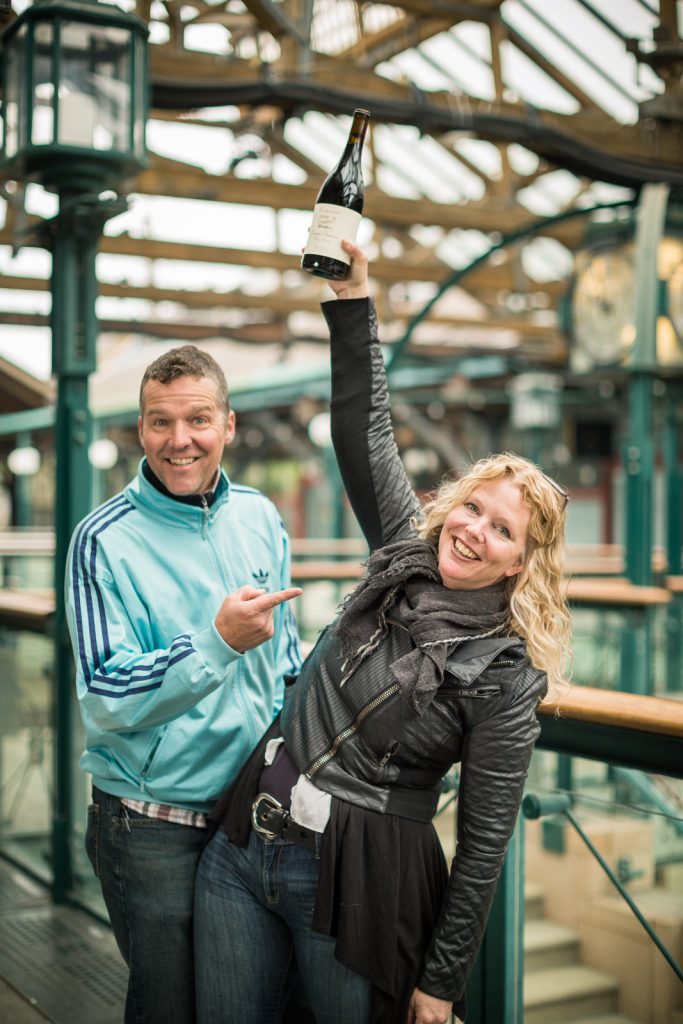Having clocked up five hundred plus blogs, I sometimes feel that I have exhausted wine subjects to write about. Requiring inspiration, I consequently trawl social media in search of provocative opinions and look to field-and- respond to wine related questions that people throw out for their friends and acquaintances.
One question recently lobbed out by a Facebook acquaintance was couched thus:
Wine friends: which regions in the world do you think make great wine, deserve to have more people visit, but lack appealing tourism infrastructure or a coherent approach to building their wine tourism industry? Or are they just too young to be organised yet?
An immensely lengthy thread proceeded to unspool with myriad recommendations. Left and centre-left field (and occasionally highly specific) suggestions for great wine regions included:
Niagara, SW Washington State, New Jersey, Vale dos Vinhedos (Brazil), Vasik in India, Moldova, Albania, Valle de Guadalupe, Mexico
Others, meanwhile, bizarrely proffered the Douro, Champagne, South Africa, Sussex and New Zealand.

It’s safe to say on this evidence that the question elicited the fact that some people glory in revealing an intimate knowledge of a relatively obscure region – a thread on New Jersey wines was particularly entertaining with a host of contributors nodding sagaciously (metaphorically). Whereof they speak confidently, thereof they must know what they are talking about? Make great wine might be stretching the point somewhat – even for diehard fans of Cote de Hackensack. Whilst we shouldn’t be snobbish about what is good and what is not, some sort of verifiable track record is surely required in order to be considered a great wine-producing region.
Some of the regions suggested were relatively new (new New World, if you like), others (such as Albania) have been producing wine for hundreds and even thousands, of years, but, for various reasons, have never realised their capability. Albania was ravaged by phylloxera in the 1930s and outdated production practices under communism diluted its potential even further. Greatness is often as not fortuitous rather than endemic, the concatenation of circumstance as well as tradition, politics, war, religion and climate change…
Equally, there are preconditions that each region needs to fulfill to be considered great, or possess the potential for making great wine, such as having the terroir and climate appropriate to high quality vine growing. Identity originates from, say, cultivating autochthonous varieties, setting up vineyards according to the particularities of the soil and micro-climate (mapping terroir), and establishing the ideal conditions for healthy yeast populations. A true wine will contain the very DNA of its place and communicate it. But it needs the environment and the vineyards to do so.

Wine culture requires “roots” to flourish. The roots are the people, the approach to farming and local support for, and interest in, wine. We’ve witnessed in Vermont how Deirdre Heekin has extended her farming practices to incorporate vine growing and how even hybrid varieties, can, even after a very few years, by means of nature and nurture, begin to articulate the terroir character of their vineyard. The roots here are the farmers, their profound knowledge of the land, and the foundations provided by good (biodynamic) practice.
My next test would be more subjective. Just as one swallow does not make a summer, so a couple of good resident producers do not (yet) make an amazing wine region or country. I would cite Georgia and Slovenia as examples of two small countries with a confident and dynamic communitarian artisan culture, one based on sharing ideas, on wine fairs and a thriving gastronomic scene. Georgia, of course, can draw on thousands of years of wine history – wine is in the blood of the country and its people, its symbolism is strong; Slovenia may equally point to its ancient pre-Roman wine culture, and more recently, has also been in the forefront of popularising skin contact and orange wines. Wines from these countries make a vivid statement and it is not surprising there is incredible strength in depth in these places.

Rediscovering one’s roots is an important step in progressing a wine culture. For example, vines were planted by the Spanish missionaries in the mid-16th century in Chile, in the regions of Maule, Itata and Bio-Bio to make wines for the jug, yet we’ve come to associate Chile with the more classic polished varietal wines from the Central Valley. That this is slowly changing is thanks to a few wineries and some young artisan producers who are cultivating vines and making wine according to ancient methods, partly as a corrective to the prevailing industrial farming and winemaking, partly to discover something in themselves, partly to reinvent tradition as way of form of progressive winemaking. Massive investment, cheap labour, and state-of-the-art equipment are not the determinants of wine culture. People, and the places they inhabit, are.
The second part of the question revolves around the notion that a region’s wine potential might be more appreciated if the appropriate touristic infrastructure was put in place. Which is an odd way of looking at it. Wine culture is the product of agricultural and social history – rather than based on marketing gimmicks or down to the fact that a place is easy to visit. Quality comes from within. Some regions remain relatively unheralded, because they are not often written about and don’t have any iconic growers or estates. It’s important not to fixate on what might be trendy now, or in the future, but to take a clear-eyed look at what is good, what is strong and what is ultimately sustainable.
We seek wines that possess energy, wines that feel they naturally belong to their place of origin. A few years ago, an Australian winemaker famously said all you need to make wine was a piece of dirt. Or, to reduce it down further, all you need is a piece of dirt and some money for equipment. Wine is so much more than grapes grown in order to be chemically assisted into the bottle; if so it might be made in any factory in any country. The components that make wines what they are and why we might feel a particular affinity for them, have to be unique.

